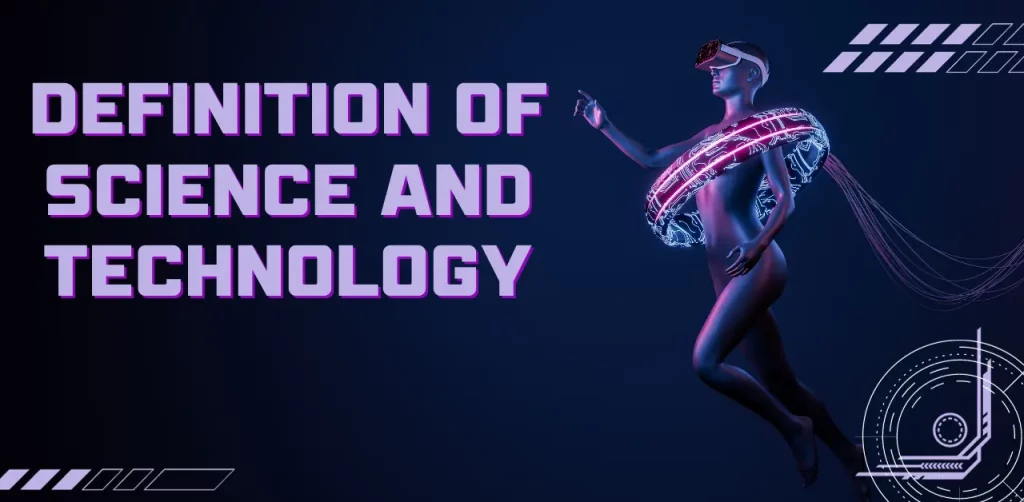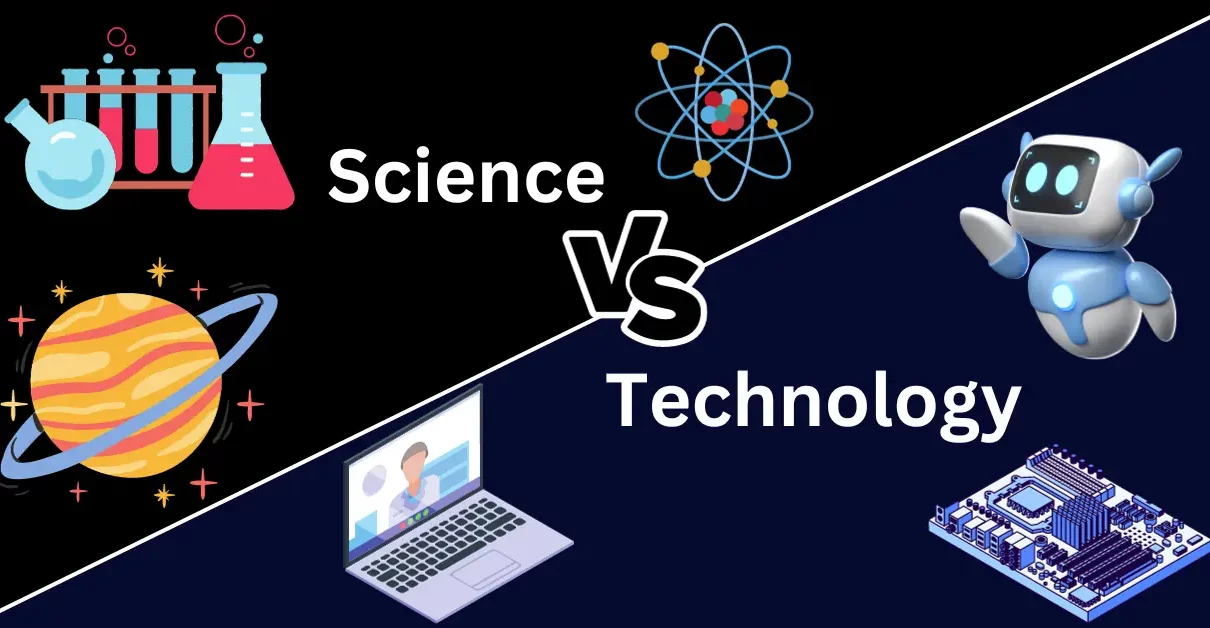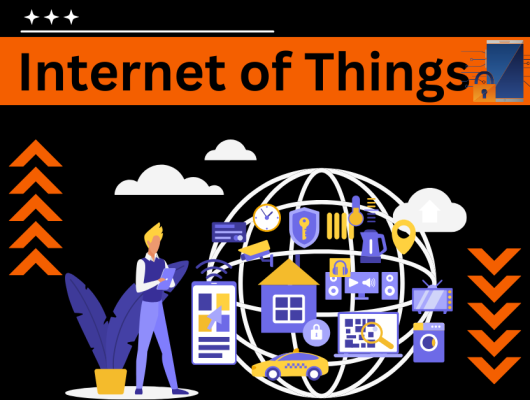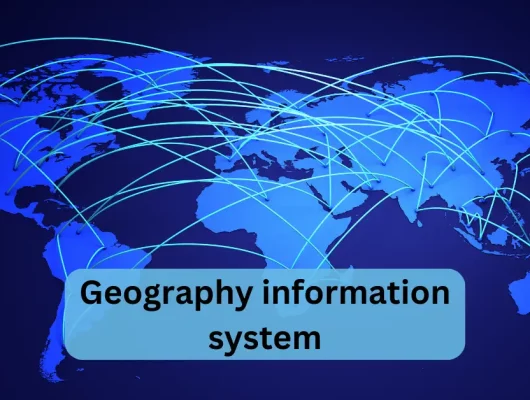In today’s fast-paced world, the terms “science” and “technology” are often used interchangeably. However, understanding the distinction between the two is crucial for a deeper comprehension of their individual roles in society. In this blog post, we will explore the definitions of science and technology, examine their influence on each other, highlight key differences and similarities, and discuss future trends in both fields.
Technology benefits has revolutionized our lives, offering numerous benefits. It enhances communication, improves efficiency, and provides access to information. In contrast, science is the pursuit of knowledge, aiming to understand the natural world and its phenomena. While science and technology are interconnected, science seeks to understand, while technology aims to apply that knowledge for practical purposes, shaping our modern world.
Introduction
Before delving into the comparison, it is important to recognize the significance of understanding the difference between science and technology. While they are intertwined, they serve distinct purposes and play unique roles in shaping our world.
Roles in Society
Science plays a crucial role in advancing knowledge and understanding. Through rigorous research, experimentation, and analysis, scientists contribute to expanding the boundaries of human understanding. Scientific discoveries fuel progress in various fields, from medicine and environmental conservation to space exploration and renewable energy.
Technology, on the other hand, is instrumental in transforming scientific knowledge into practical applications. It drives innovation, enabling the creation of tools, products, and systems that enhance various aspects of our lives. From smartphones and computers to transportation and healthcare, technology has revolutionized the way we live, work, and communicate.
Influence and Interdependence
Science and technology are not isolated entities but rather closely interconnected. Scientific discoveries often lead to technological advancements. For example, groundbreaking research in genomics has paved the way for precision medicine, enabling personalized treatments based on an individual’s genetic profile. Similarly, advancements in nanotechnology have revolutionized various industries, from electronics and materials to healthcare and energy.
Conversely, technology plays a crucial role in driving scientific advancements. Advanced computational tools, high-performance instruments, and data analysis techniques have accelerated scientific research, allowing scientists to gather and process vast amounts of data more efficiently. Technology empowers scientists to explore new frontiers, unravel complex phenomena, and make groundbreaking discoveries.
Definition of Science and Technology

Science can be defined as the systematic study and exploration of the natural world through observation, experimentation, and analysis. It seeks to understand the fundamental principles and laws that govern our universe. Science is driven by curiosity and the pursuit of knowledge, aiming to uncover the mysteries of the world around us.
On the other hand, technology encompasses the application of scientific knowledge for practical purposes. It involves the development and utilization of tools, techniques, and processes to create solutions and innovate. Technology focuses on meeting human needs, improving efficiency, and enhancing the quality of life.
Key Differences and Similarities
While science and technology are distinct, they share some commonalities. Both rely on experimentation, evidence, and empirical methods to validate their hypotheses and theories. The scientific method, with its emphasis on observation, experimentation, and reproducibility, serves as a foundation for both scientific inquiry and technological development. Both disciplines require critical thinking, problem-solving skills, and a commitment to intellectual rigor.
However, science and technology differ in their goals and approaches. Science seeks to unravel the mysteries of the natural world and expand our knowledge, focusing on understanding the “why” and “how” behind phenomena. In contrast, technology is driven by practical applications, aiming to solve problems, improve efficiency, and enhance human life. Technology prioritizes the “what” and “how” of creating useful and innovative solutions.
Examples and Case Studies
To illustrate the interplay between science and technology, let’s consider a few examples and case studies:
- Scientific discovery leading to technological advancement: The discovery of the structure of DNA by Watson and Crick paved the way for advancements in genetics and biotechnology. This breakthrough enabled the development of technologies such as genetic engineering, DNA sequencing, and gene editing, revolutionizing fields like medicine, agriculture, and forensic science.
- Technology influencing scientific research: The development of powerful telescopes and space probes has transformed our understanding of the universe. Advanced technologies like the Hubble Space Telescope and the Mars rovers have provided scientists with unprecedented insights into distant galaxies, planetary systems, and the origins of the universe.
- Future trends in science and technology: Looking ahead, emerging fields such as artificial intelligence, quantum computing, and renewable energy present exciting opportunities for both science and technology. These areas hold the potential to reshape industries, address global challenges, and improve our quality of life in profound ways.
Conclusion
In conclusion, science and technology are two distinct yet interconnected domains that shape our world. While science seeks to understand the natural world through research and exploration, technology applies scientific knowledge to create practical solutions and innovations. Recognizing the complementary nature of science and technology is crucial for driving collaborative progress and addressing the complex challenges of our time. By fostering synergy between these fields, we can unlock new possibilities, drive societal impact, and shape a brighter future for all.
FAQs
What is the main difference between science and technology?
Science is about understanding the mysteries of the natural world, its focus lies in the “why” and “how” behind phenomena. Conversely, technology applies this scientific knowledge practically to improve human life, centering on the “what” and “how” of creating useful and innovative solutions.
Can you give an example of science leading to technological advancement?
A prominent example is the discovery of DNA structure by Watson and Crick, which led to advancements in genetics and biotechnology such as genetic engineering, DNA sequencing, and gene editing.
How has technology influenced scientific research?
Technology, like the development of powerful telescopes and space probes, has drastically transformed our understanding of the universe by providing scientists with unprecedented insights into distant galaxies, planetary systems, and the origins of the universe.
What are some emerging trends in science and technology?
Emerging fields such as artificial intelligence, quantum computing, and renewable energy present exciting opportunities for both science and technology. These areas have the potential to reshape industries, address global challenges, and improve our quality of life in profound ways.
Why is it important to recognize the complementary nature of science and technology?
Recognizing the complementary nature of science and technology is crucial for driving collaborative progress and addressing complex challenges. By fostering synergy between these fields, we can unlock new possibilities, drive societal impact, and shape a brighter future for all.







